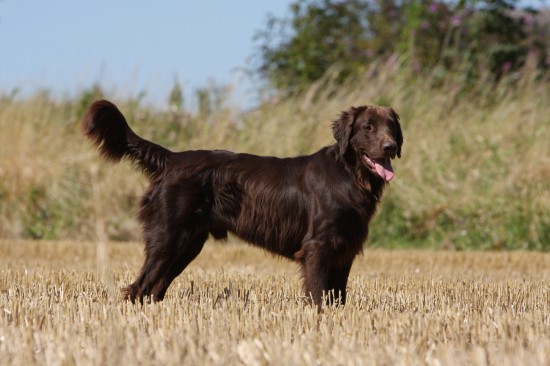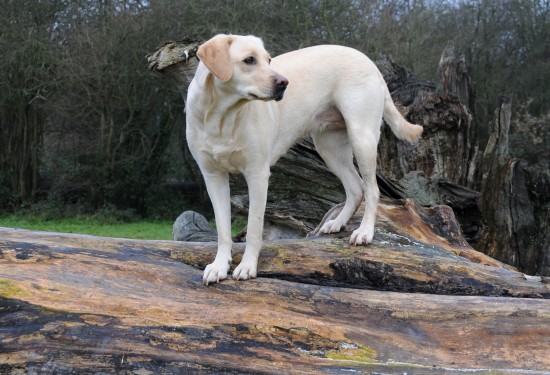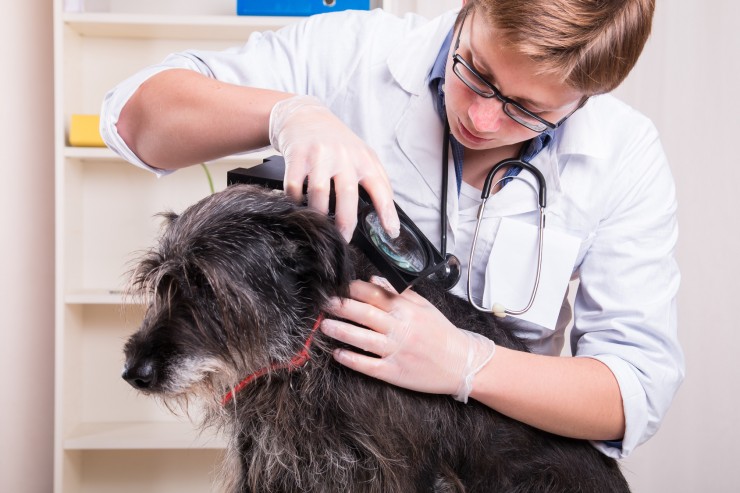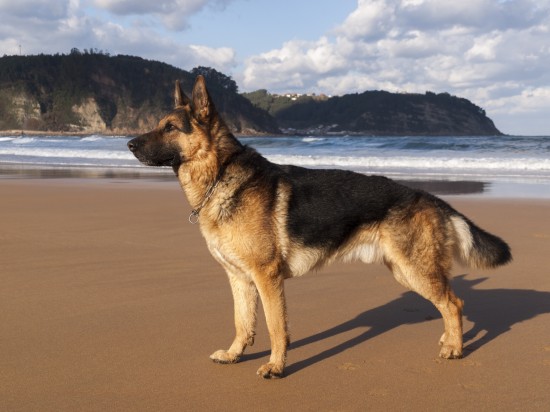Most people are aware of seizures occurring in humans but not everyone is aware that there are also seizures in dogs. If you have a pet which suffers from these incidences then you should first find out what one is and how many types there might be. This will help you to understand what to look for and what to do if it occurs to your animal. There might be some things that you can do for your canine afterwards and some things that your vet can do.
Lasting anything from a few seconds to an hour it is important to know what causes it and the Vet should be contacted if they last for more than five minutes. Sudden activity in the brain or a change to the brain that happens rapidly and is unusual can be the trigger to such an occurrence. This is quite a shock to human witnesses and they may find themselves unsure of what to do, particularly as the dog can loose consciousness.
The fully body stiffening that is usually associated with the word seizure is called Generalized and can involve some involuntary movement and vocal noises. The kind which is more localized and less well known, they can affect only one particular muscle group of the animal such as a leg twitch or snapping movement with the mouth. These types of seizure are called Focal.
Once you have experienced a few fits you may find that you are able to tell when one might be about to occur. Your pet may display behavior which is not their normal behavior, they might be ordinarily a quiet animal but may appear aggressive or overly energetic. Afterwards they could seem sleepy and unsure of their surroundings and could give the impression that they have just woken up suddenly.
If this is the first time you have experienced a seizure in your animal you should contact your veterinarian, this will allow them to determine the severity and possible cause of the incident. Whilst the seizure is happening remain calm and move things that might hurt the dog out of the near vicinity. Although it is a worrying experience try not to go near your dog, the involuntary movements can result in an injury to you. If they are near stairs try to block the entry way to them to prevent the canine from falling down them.
When your animal comes back around and is responsive they may still appear somewhat out of sorts. Try not to crowd the animal or swoop them up into a reassuring hug, keep calm and talk gently to them. This may help them to re-orientate themselves to their surroundings. They might appear tired or unsure of what to do and they might have urinated during the seizure. Keep an eye on them and make a note of what happened and how long the incident lasted so that your vet can have all the details.
Your vet may recommend a course of treatment or one that is more long term and that will have to be administered regularly at home. If it occurred as a result of injury or tumor there may be a need for an operation. The vet will determine the severity and whether or not medication is needed. It could take some time however to find a medication which suits the animal.
Sometimes we have to learn things that we didn't think we would need to know, fits are one of those things and with more than one kind it is important to be able to recognize them. You might need to know what to do when one happens and how the animal will behave during and after. There is often a reason why they happen and depending on their regularity and the amount of times it has been witnessed medication could be prescribed

 Flat Coated Retriever Hereditary Health And Longevity
Flat Coated Retri
Flat Coated Retriever Hereditary Health And Longevity
Flat Coated Retri
 Cranial Cruciate Ligament Rupture In Dogs
Cranial Cruciate
Cranial Cruciate Ligament Rupture In Dogs
Cranial Cruciate
 Six Flea And Tick Myths Debunked
Six Flea And Tick
Six Flea And Tick Myths Debunked
Six Flea And Tick
 6 Dog Breeds That Are Not The Best Choice For First-time Owners
6 Dog Breeds That
6 Dog Breeds That Are Not The Best Choice For First-time Owners
6 Dog Breeds That
 Canine Degenerative Myelopathy
Canine Degenerati
Canine Degenerative Myelopathy
Canine Degenerati